Time is a strange beast.
We tend to think of it as fixed and finite, when clearly it is neither.
As I understand it, according to Einstein, the closer you approach the speed of light, the slower time will affect you. Essentially, time’s innate duration grows.
Before “Interstellar,” most people would have found that confusing. But then that Great Wave! And Anne Hathaway’s big brown eyes!
That’s just the theoretical level. If you think about your daily life, doesn’t the same hold true? I was in California with my family for two weeks, and it seemed like a month.
We’ve been home for nearly three weeks now, and it feels like it’s been 5 days. (For real.)
I’m sure that’s happened to you as well. When we travel, in particular, our senses heighten. We make more memories, and perhaps savoring slows the clock as well.
Photography also manipulates time.
We know this.
But every now and again, I get a reminder, something tangible, that helps me re-connect to the mystery of what we’re all doing.
Back in LA, a few days before California caught fire, I took my family to the Getty Center, where I planned to see the Mapplethorpe show, which we covered previously. I thought it would be an optimal place to introduce the kids to “Great Art,” but at nearly 9 and almost 4, they were still too young to get excited.
Big ups to the current installation of replica Chinese Buddhist cave art. The reproductions were meticulous, and each “cave” took 3 artists 10 years each to make. Simply stunning stuff, and that it all takes place in an air-conditioned tent in the searing California sun?
Mind-boggling.
The kids enjoyed the snack bar and sculpture gardens most of all, with one exception.
They definitely got down with “The Thrill of the Chase,” which exhibited work from the Wagstaff Collection, the immense trove of greatness assembled by Robert Mapplethorpe’s former lover & patron, the patrician collector Sam Wagstaff.
The group is super-strong on very early photography. (1840’s and up.) I began to photograph it, as I had the Mapplethorpe show, but was immediately stopped by security and told to put the camera away. Unfortunately, I couldn’t shoot the show for you.
I wanted the kids to see the exhibition for one reason in particular: Abraham Lincoln. I walked my son up to the photo of our former President, by Alexander Gardner, and let him look carefully.
“That’s the actual Abraham Lincoln,” I said. “The man himself. The real thing.”
His expression was inexplicable; equal parts incredulous and wow-that’s-amazing.
It was a genuine moment, and then he wanted to see everything else he could. The one instant when he realized that photography froze history, saved it, and allowed us to look back from our unimagined futuristic world?
It was memorable for me, to say the least.
There are some excellent, fantastic photographs in this show, and the book that accompanies it, “The Thrill of the Chase: The Wagstaff Collection of Photographs at the J. Paul Getty Museum.”
The show was curated, and the book edited by Paul Martineau, published by Getty Publications. (It turned up in the mail the other day, which means that I get to share the images with you below.)
Seeing the pictures in the book, I immediately recognized my favorites from the IRL experience, like Arthur Rothstein’s rad portrait of some early-version-knock-around Union Guys. Theo’s choice was Larry Clark’s hippie-dude Kung Fu kicking his buddy in the park.
Thankfully, now I get to show you the brilliant photo-booth-strip of Andy Warhol that I mentioned in my review two weeks ago.
Then we have Julia Margaret Cameron. And August Sander. Edward Weston. William Eggleston. Walker Evans. Irving Penn. And so many more.
The book’s essay makes mention of a few glaring omissions to the collection. The New Topographics artists, like Robert Adams, Lewis Baltz and Stephen Shore are absent. So too is Atget.
Too dry, perhaps?
The book features Pyramids in Egypt, 150 years ago, back before paved roads, cotton candy, and the Internet. And Roger Fenton’s famous cannon balls appear as well.
George Barnard, over whose Civil War landscape photos I drooled in San Francisco, also turns up.
I loved Edward Curtis’ “The Eclipse Dance,” from 1910-14, which may have been staged, but gives me the willies, like I’m looking at something I’m not meant to see. (Here at Taos Pueblo, some dances are open to the public, but all the deep knowledge is kept in the underground kivas, far from outsider’s ears and eyes.)
The whole family stopped cold at Timothy O’Sullivan’s “Desert Sand Hills near Sink of Carson, Nevada” from 1867. Jessie guessed it might be White Sands, New Mexico.
I thought it looked more like a film still from a Western than anything I’d ever seen. Except the movie is the simulacrum, and the print is the actual history. (How Meta is that?)
It features a wagon being pulled across the soft desert in the searing light. Who was inside? What did they have for breakfast? Why are those sand tones so creamy?
And the craziest thing of all? It’s the WILD FUCKING WEST! The actual place, just as if we’d stepped into a time machine. I’m sorry, but even when I get jaded, this type of work brings me back to the passion.
Really, all the best historical work, this many years later, makes think of mortality. Gustave LeGray’s “The Great Wave,” from Sete, France, saddens me more than almost any image I know. I first crossed paths with the print at LACMA 7 years ago, and rejoiced at the Getty when I saw it again.
I close my eyes, and imagine a wave crashing, 159 years ago. And then another wave.
And another.
And another.
And another still.
Millions of waves have come and gone since then, and they’ll keep crashing when everyone alive today passes on to whatever comes next.
Time might be relative, but down here on the human level, our story only ends one way. This book, and the show on which it was based, remind me of my mortality, but not in a way that makes me anxious, which is hard to do.
Sam Wagstaff lived a glamorous life, and then died miserably of AIDS. These pictures are his legacy, and I appreciate the opportunity to learn from what he accrued.
The exhibition, which has closed in LA, will be on display at the Wadsworth Atheneum, in Hartford, CT, opening September 10. Mr. Wagstaff was a curator there once, long ago, and I expect he’d be glad to know his collection will be on the wall.
To those of you in the greater NYC & Boston areas, take a train, or an Uber, and go see the show next month. It’s definitely worth the trip.
Bottom Line: Well-produced catalogue of an excellent show

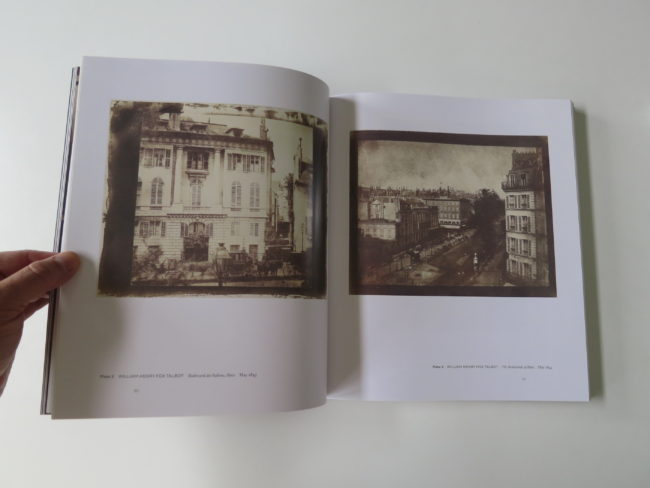

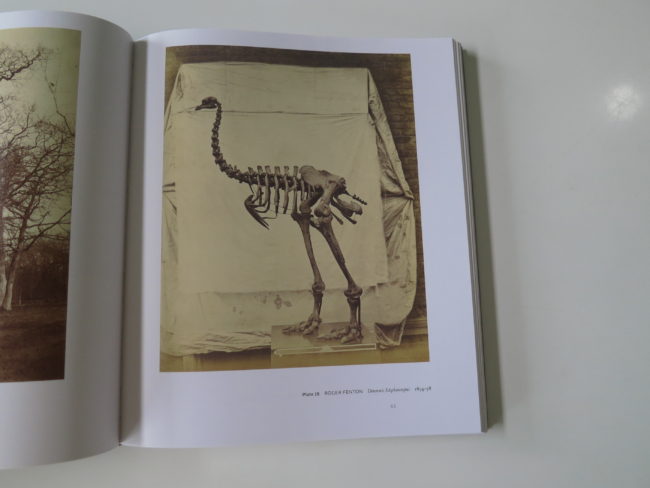
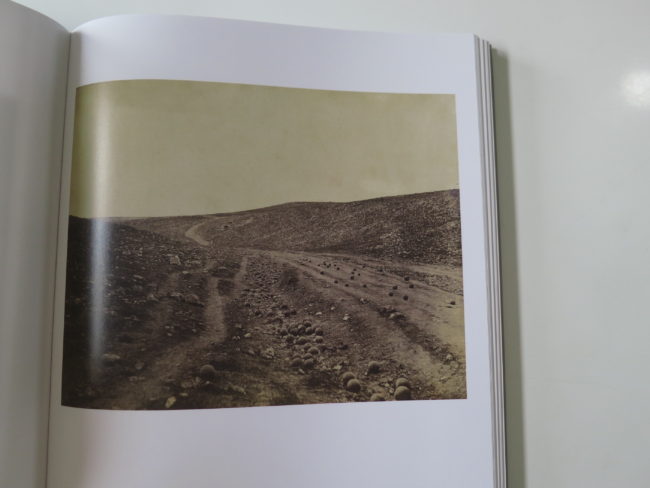
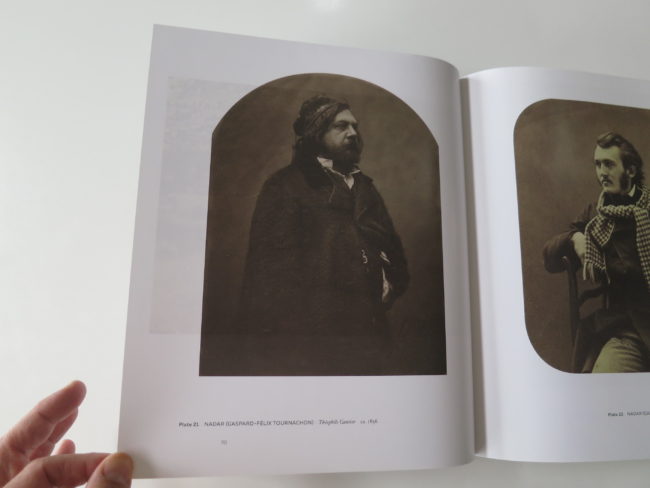
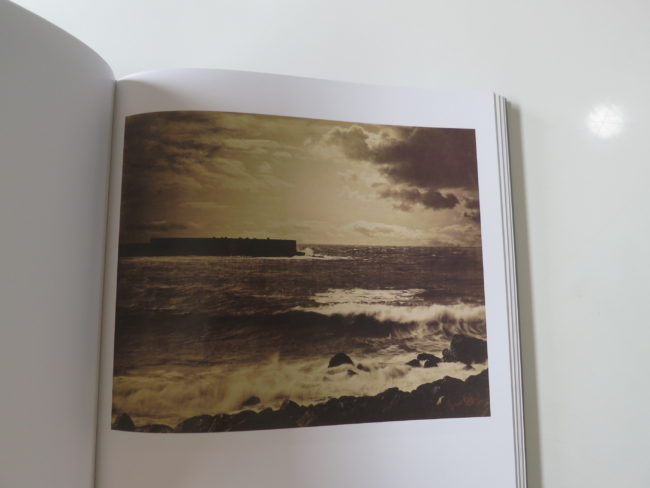

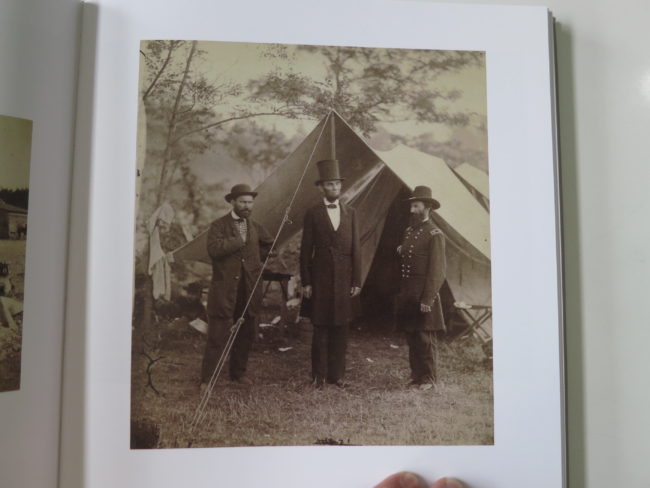
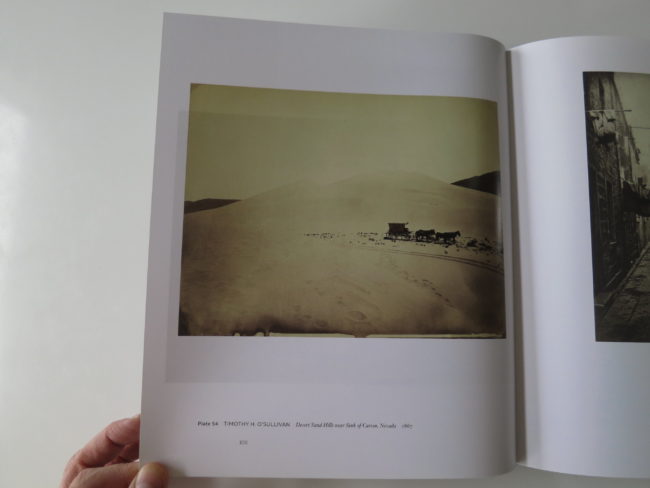
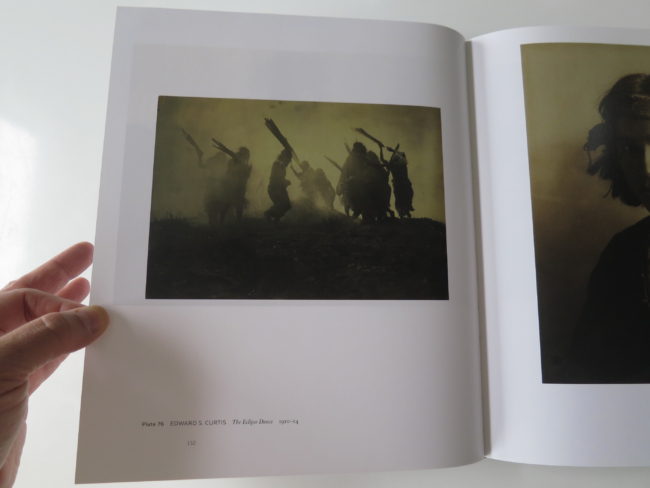
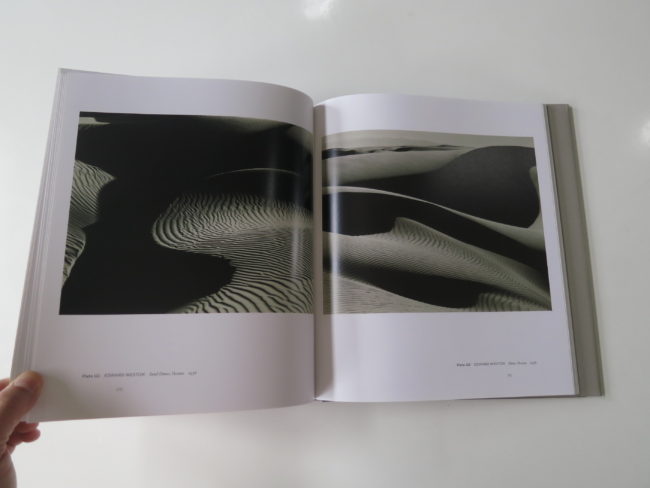
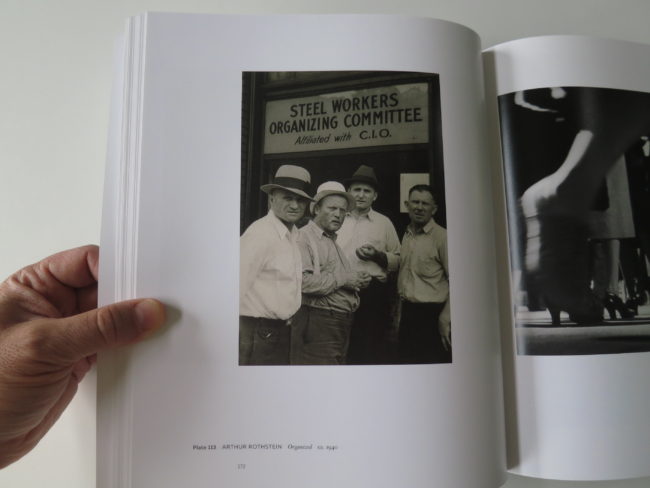


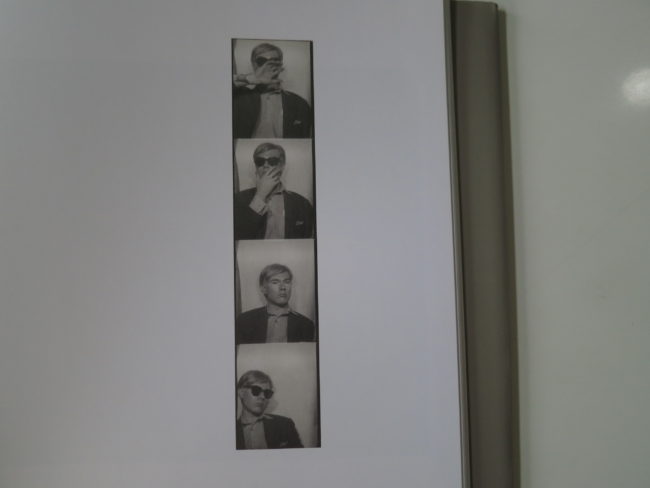


1 Comment
Trying to get info re R.Maplethorp’s Black Book – 1986
Comments are closed for this article!